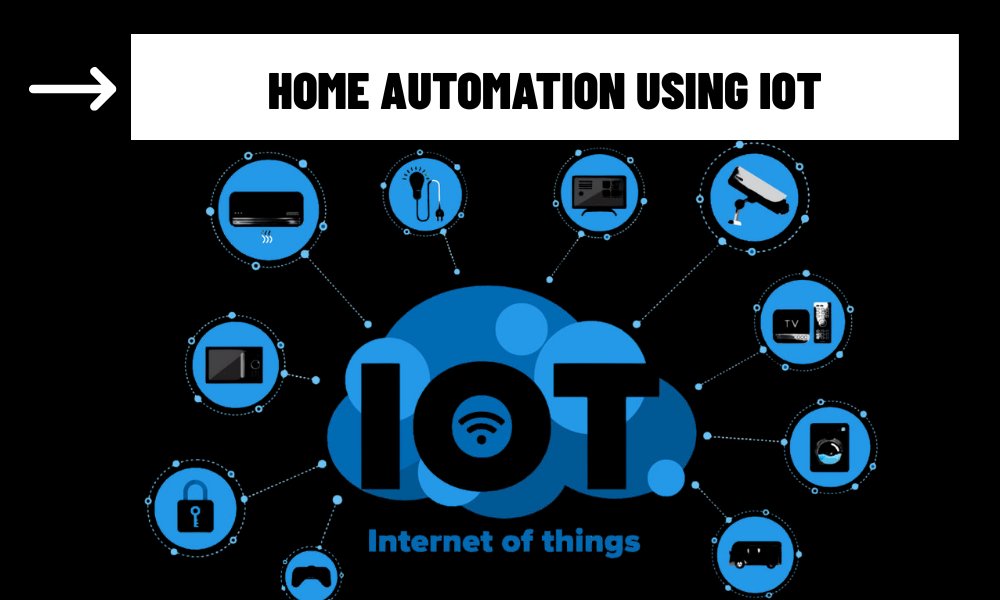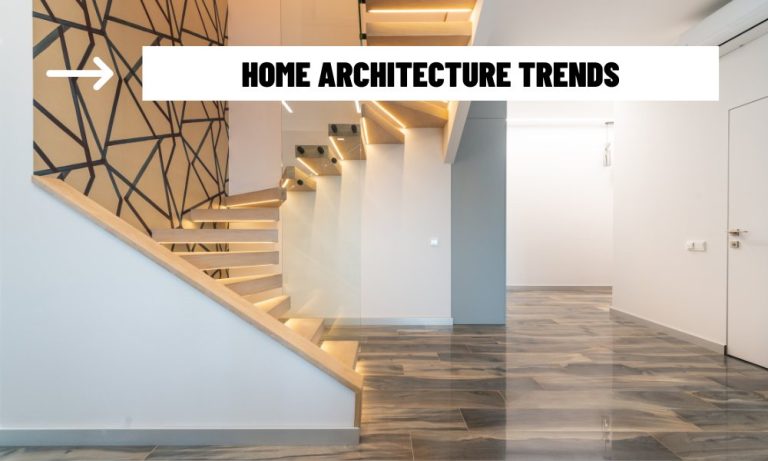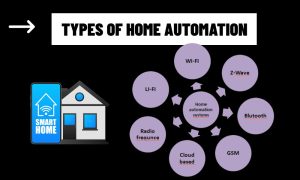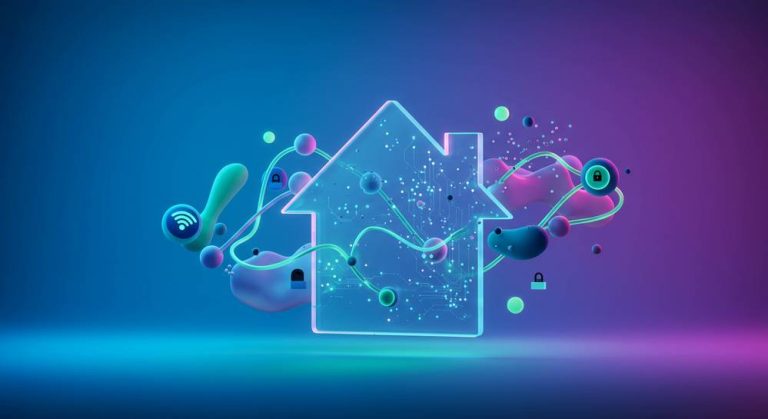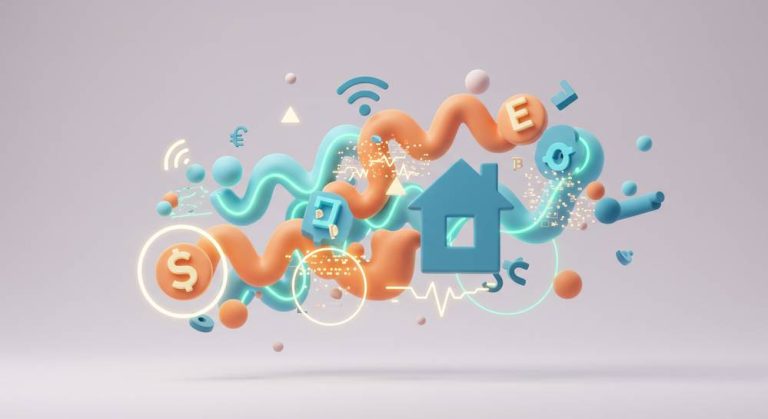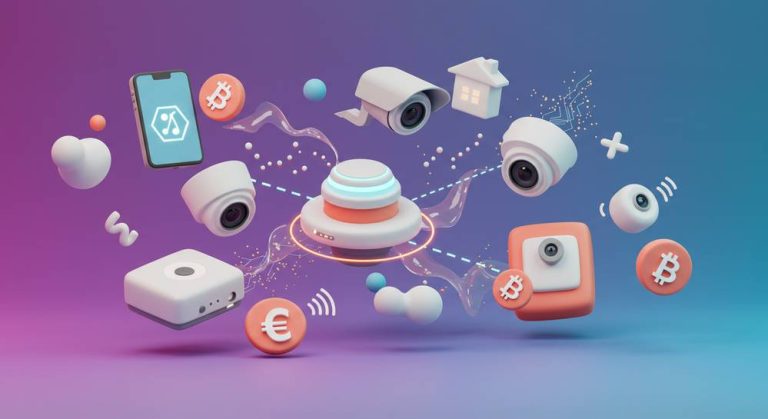The concept of home automation has evolved significantly over the years, especially with the rise of the Internet of Things (IoT). Home automation using IoT enables homeowners to control various devices in their homes remotely, making everyday life more convenient, energy-efficient, and secure. By integrating IoT technology into home systems, homeowners can automate tasks such as lighting, heating, security, and entertainment, offering a seamless living experience. Let’s explore how IoT powers home automation and how you can benefit from it.
1. Understanding IoT and Home Automation
At its core, IoT (Internet of Things) refers to a network of interconnected devices that communicate with each other and can be remotely controlled via the internet. In the context of home automation, IoT involves using smart devices, sensors, and controllers to manage and automate various aspects of your home.
By leveraging IoT, you can control everything from lighting, temperature, and security to appliances and entertainment systems, all through your smartphone or voice assistants like Amazon Alexa or Google Assistant.
2. Essential IoT Devices for Home Automation
To set up home automation using IoT, you’ll need a range of smart devices that are connected and controlled through a central platform. Some of the most popular IoT-enabled devices for home automation include:
Smart Lighting: IoT-enabled bulbs can be controlled remotely via a smartphone app or voice commands. You can adjust the brightness, color, and schedule lighting to fit your routine.
Smart Thermostats: Devices like the Nest Thermostat learn your preferences and adjust the temperature automatically, ensuring that your home is always comfortable while saving on energy bills.
Smart Security Cameras and Sensors: These devices can monitor your home for movement and alert you to potential intruders. Some smart security systems can even notify local authorities in case of emergencies.
Smart Locks: IoT smart locks allow you to lock and unlock doors remotely. They can also be set to automatically lock after a certain time or when you leave the house, enhancing security.
Smart Plugs: These plugs let you control non-smart devices like lamps or fans through an app, providing an easy way to automate older devices.
Smart Appliances: Refrigerators, washing machines, and ovens with IoT connectivity allow you to control and monitor their functions remotely.
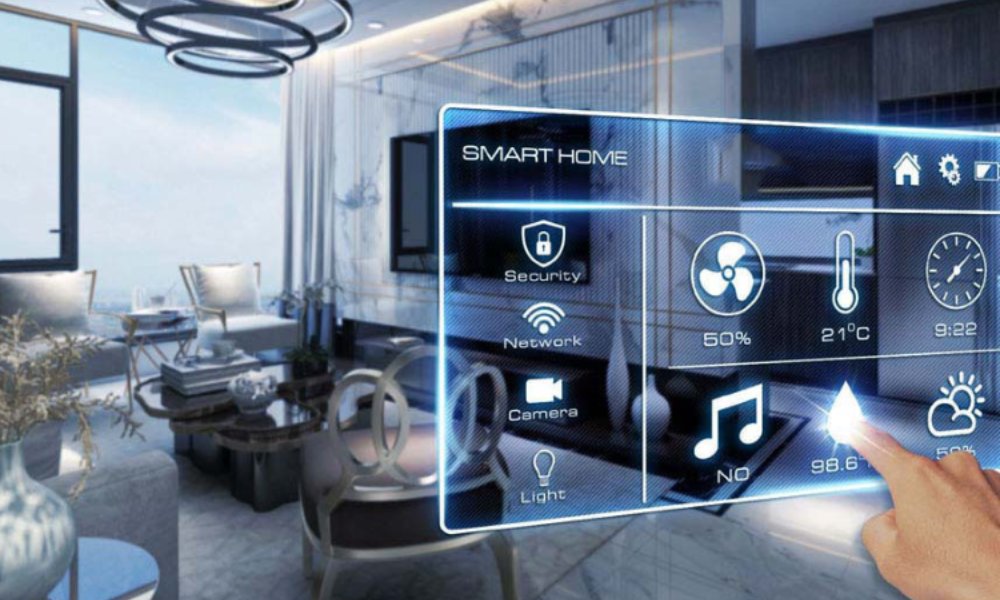
3. Setting Up Your IoT-Enabled Home
Setting up a home automation system using IoT is relatively straightforward. Here’s a general guide:
Choose a Smart Hub: The hub is the brain of your smart home system, where all your devices connect. Popular options include Amazon Echo, Google Nest Hub, or Apple HomeKit. Choose a hub that integrates well with the devices you plan to use.
Install IoT Devices: Once you’ve chosen your hub, you can begin installing IoT devices throughout your home. Many devices come with user-friendly apps that guide you through installation and setup. For example, installing smart lights involves simply replacing your existing bulbs and connecting them to your hub.
Connect Devices to Your Hub: Link each device to your hub or smartphone app to enable remote control. This might involve scanning a QR code, syncing through Bluetooth, or connecting via Wi-Fi.
Create Automations and Scenes: After connecting your devices, you can set up automations or routines. For example, set your lights to turn on at sunset, or program your thermostat to lower the temperature when you’re not at home.
4. Benefits of IoT in Home Automation
Integrating IoT into your home automation system comes with numerous benefits:
Convenience: With IoT, you can control all your home devices from a single app or voice command. Whether you’re at home or away, you have full control over your environment.
Energy Efficiency: Smart thermostats, lighting systems, and appliances allow you to monitor and adjust energy consumption, helping you reduce electricity bills and your carbon footprint.
Security: IoT-enabled security cameras, doorbell cameras, and motion detectors offer real-time monitoring and instant alerts, making your home more secure.
Customization: IoT gives you the flexibility to customize your home automation system according to your needs and preferences. You can set up specific routines that suit your daily life.
Integration with Other Devices: IoT devices can be integrated into larger systems. For example, your smart thermostat can work with your smart lights to create the perfect environment as you arrive home, or your security system can interact with your lighting to simulate your presence when you’re away.
5. Advanced Features of IoT-Based Home Automation
As IoT technology continues to evolve, home automation systems are becoming smarter. Some advanced features include:
Voice Control: Voice assistants like Alexa, Google Assistant, and Siri are seamlessly integrated with IoT devices, allowing you to control your home with voice commands.
Artificial Intelligence (AI): AI-based IoT systems can learn your routines and preferences, automatically adjusting devices based on your behavior. For instance, an AI-powered thermostat will learn when you’re usually home and adjust temperatures accordingly.
Geofencing: This feature allows IoT devices to react based on your location. For example, your lights might turn on when you arrive home, or your thermostat might adjust as you drive closer to your house.
Integration with Smart Health Devices: IoT-enabled health and fitness devices, such as sleep trackers or smart fridges that monitor food freshness, can be integrated into your home system for a more holistic approach to well-being.
6. Challenges and Considerations
While IoT-based home automation offers many advantages, there are a few challenges to keep in mind:
Security and Privacy: Since IoT devices are connected to the internet, they can be vulnerable to hacking if not properly secured. Ensure your devices have strong passwords, enable two-factor authentication, and keep your firmware updated.
Compatibility: Not all smart devices are compatible with every hub or platform. When choosing devices, ensure that they support the hub you plan to use for seamless integration.
Cost: Setting up a fully automated smart home can be expensive initially, especially if you want to integrate advanced IoT devices. However, the long-term savings on energy bills and the increased convenience often justify the investment.
Conclusion
Home automation using IoT is transforming the way we interact with our living spaces, providing more control, security, and efficiency than ever before. By integrating smart devices and creating an interconnected system, you can automate tasks, enhance energy savings, and enjoy greater peace of mind. As IoT technology advances, the potential for home automation will continue to grow, offering even more innovative ways to enhance your home. Start small, and soon you’ll see how IoT can make your life easier, safer, and more enjoyable.
